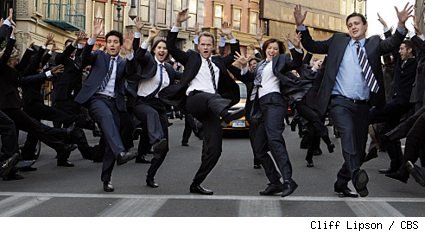
Clark Gable, the 1950’s comedian and actor, once posed a question to his audience, “Did you ever get the feeling that the world was a tuxedo and you were a pair of brown shoes?” While he probably wasn’t referring to the modern day black-tie optional event, it seems fitting.
Conventional standards for such an event would suggest either a tuxedo or a simple black suit. However, to make the proper decision, it is necessary to understand the differences between the two styles.
One of the defining characteristics of a tuxedo is that of satin detailing. The jacket lapels, pocket trim, and the out seam of the slacks are always trimmed in satin. Another nuance is that the waistband of the slacks should never be exposed, hence the need for a vest of cummerbund. The details are subtle, yet noticeably sophisticated.
And sophistication is what one ought to strive for at such events. Justifying the need for a tuxedo is simply recognizing the need for a timeless piece of tailored clothing for life’s special occasions. With a seemingly ambiguous dress code for formal events, one certainly doesn’t want to feel like that pair of brown shoes.



 Gentlemen don’t wear the same suits year round. After they build their basics, they branch out into more pragmatic pieces for the seasons. Tropical wools, linens, and the like for spring and summer. And more pertinent to this time of year, think of flannels, cashmeres, and tweeds. Heavier weight fabrics aren’t only functional, insofar as they keep you warm, but they also offer a sophisticated aesthetic and story. Consider
Gentlemen don’t wear the same suits year round. After they build their basics, they branch out into more pragmatic pieces for the seasons. Tropical wools, linens, and the like for spring and summer. And more pertinent to this time of year, think of flannels, cashmeres, and tweeds. Heavier weight fabrics aren’t only functional, insofar as they keep you warm, but they also offer a sophisticated aesthetic and story. Consider 
